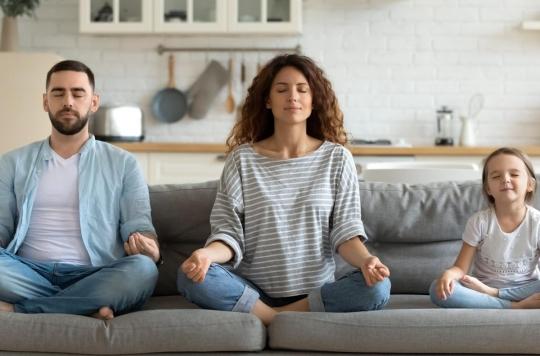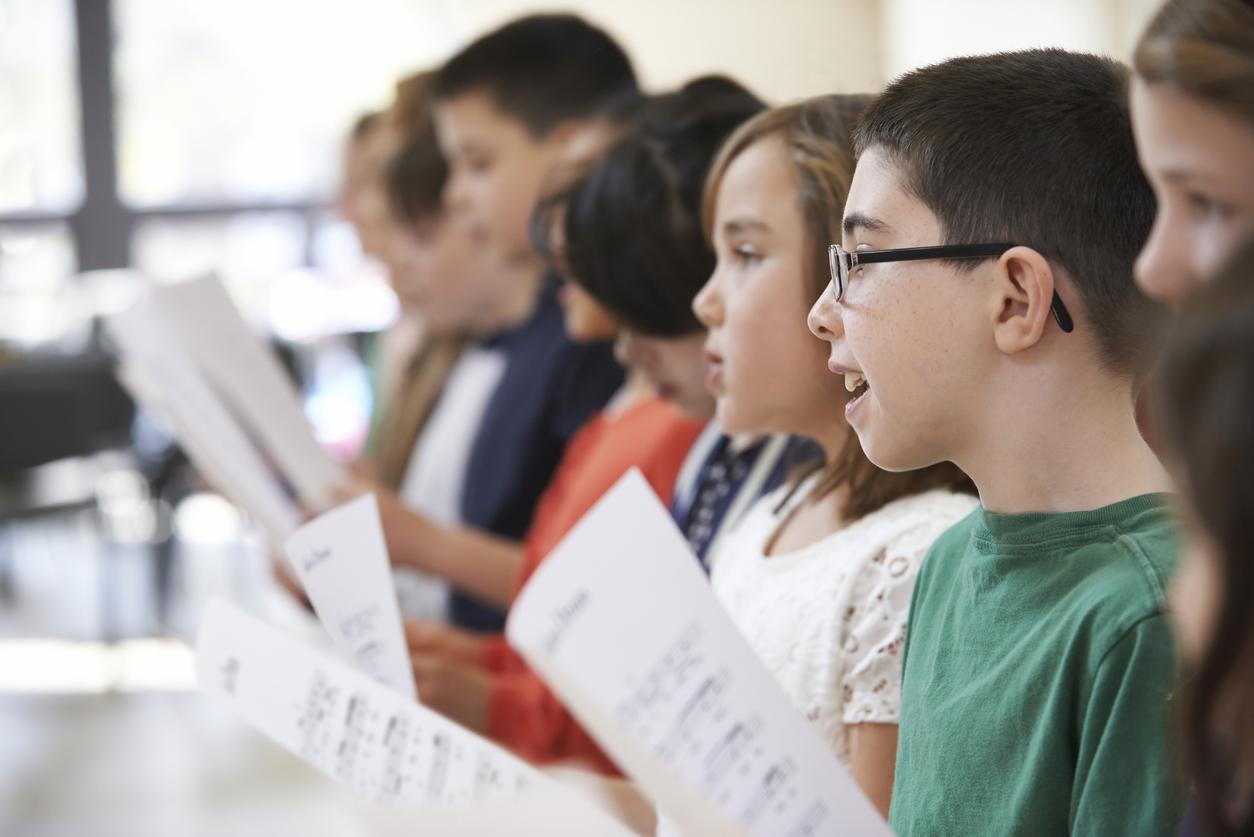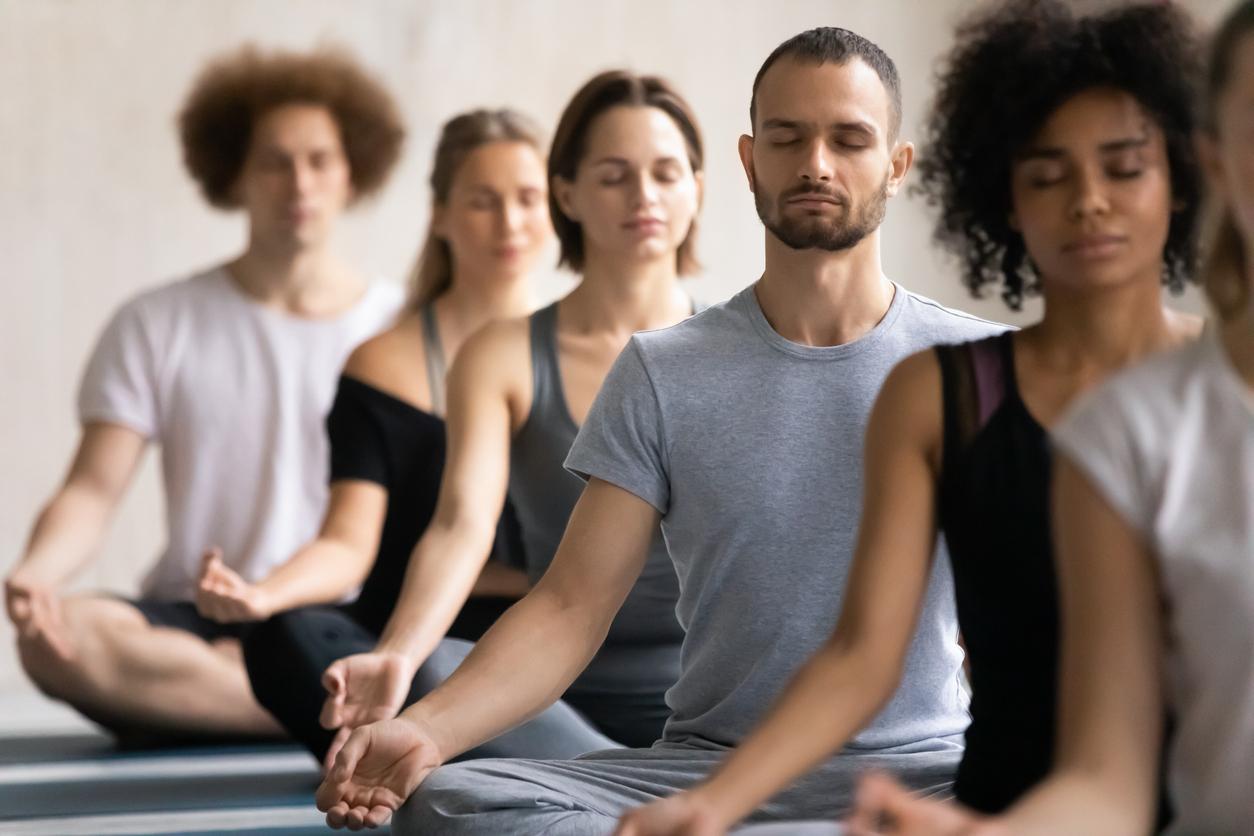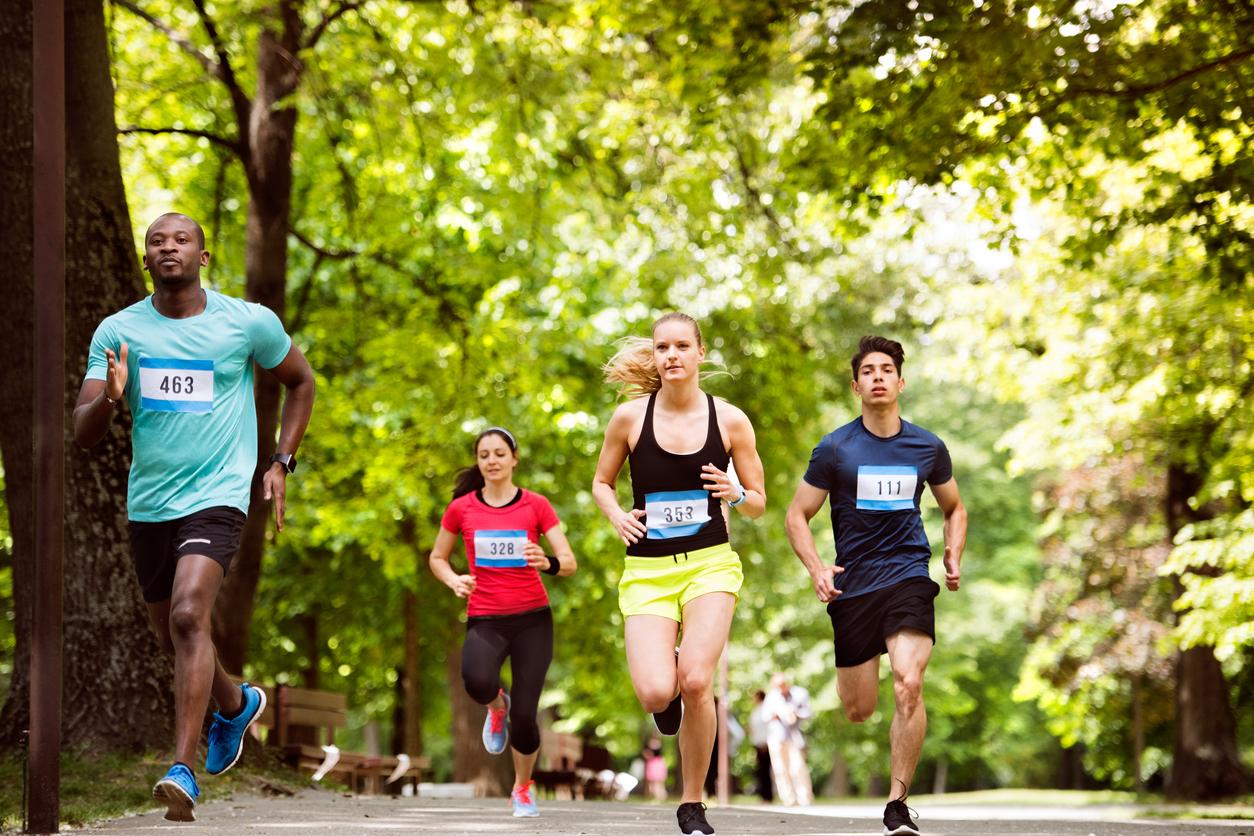While some people are beginning to learn about meditation to ease the tensions linked to confinement, Why doctor has collected the advice of a Buddhist monk, teacher at the Kadampa Paris meditation center.

If this period of confinement is a test for many, some have chosen to evacuate tensions and stress by learning daily to meditate. However, it is not easy to find serenity and tranquility when the mind wanders from one thought to another. Gen Kelsang Tonpa, Buddhist monk since 2006 and teacher at the Kadampa Paris meditation center, explains how to proceed.
What does regular meditative practice bring to meditators?
The calm… That’s what I liked when I started. We reach levels of peace and lightness without creating bad addiction. We tend to understand things intellectually, but meditation allows us to understand and integrate them in depth. The advantage of meditation is that there are no contraindications, the more you practice it, the easier and fuller of virtues it becomes. It’s almost a way of life. It can be used as a tool to soften the mind and give it greater and greater abilities. It helps to take a step back, ease tension and stress.
While we are confined and unable to take a real course, can we learn from a distance?
You can learn with guides, online courses, live, or through an application. A guide will help the beginner to cope with his inner turmoil, he can reassure him that this hubbub is normal at first and accompany him. There are several types of meditation, you have to choose by feeling, by feeling, by trying several courses.
How can our readers learn about meditation from their living room?
By adopting a comfortable position that prevents you from falling asleep. It is not necessary to cross-legged, you can meditate sitting on a chair or an armchair, your back straight, your eyes closed or half-closed. We generally initiate ourselves to the meditative practice by a meditation of the breath: we relax and we concentrate on the comings and goings of the air in the nostrils. You don’t have to force it, go at your own pace and have fun. It is normal to be besieged by thoughts, you have to observe them and gently push them away. When the mind wanders, we bring it back to the breath, we anchor ourselves.
Five to 10 minutes is enough to start, because it is not the duration that counts but the repetition. Several 10 minute meditations are sometimes better than one hour meditation. In everyday life, we look little or not at all inside, so we have to practice. It’s a bit like sport: meditation is a work of the mind. By dint of practice we acquire endurance.
Can we adapt our meditative practice to a theme or a situation?
By dint of practicing breath meditation, the meditator gradually frees up space in his mind. At this time, we teach our students to identify with this experience of peace and tell them that they are this deep nature of stillness. We can then move towards specific states of mind by concentrating from this inner space on the impermanence of things, the kindness of others, benevolence, different types of wisdom such as emptiness or acceptance. In a period of confinement, we discover a new lifestyle: we are not used to being locked up together 24 hours a day, to practicing school at home, to telecommuting, we can be stressed by the load of work and deprivation of freedom of movement. This is why it is important to learn to welcome what happens.
We can also make personal decisions from this vast inner space, directing our mind in the direction we want to take. As we access a deeper level of ourselves, we can reassure ourselves, express intentions or question our way of perceiving ourselves, or others, life.
From what age can children learn to meditate?
Around the age of 7, in the same way as an adult: starting with breath meditation. You can gently teach him to focus on his breathing, explain to him that it is normal for his mind to wander from one thought to another, and give him positive affirmations. Children take less time than adults, it’s normal, you have to go gradually.
You have been meditating for almost 15 years, what virtues have you observed on your physical and psychological health?
In many cases, the reduction of stress prevents the aggravation of the symptoms of certain diseases and makes it possible to attenuate the intensity of the pain. Our bones are held together by our muscles and tendons, so when these relax, the bones snap back into place. I observe it on myself: when I meditate, I feel the bones in my back reposition themselves. It also reduces joint pain.
Meditating restores energy because part of the mind is nourished. We let go, we detach ourselves from anxiety and agitation, which allows us to sleep better and manage daily life with more calm. We put our thoughts in order, because we tend to go around in a loop, to exaggerate situations, so meditating allows us to detach ourselves and take things less to heart. We have more humor too (laughs), because negative states of mind tend to make everything worse, which doesn’t always contribute to finding the best solutions.
What advice would you give our readers if they were introduced to one of your courses?
Take advantage of this time to become aware of your inner projects. We are obsessed with our external projects (work, house, car, money), while often we have little clarity on our internal projects. After confinement, you will go back to your routine and run around, so being stuck at home is an opportunity to ask yourself what person you want to be and what you want to achieve in your life: “Do I want to develop more wisdom? Be more benevolent and tolerant with others? Give meaning to my life?
.














